Nagoya rarely makes the top of any Japan itinerary—and that’s exactly why it should be on yours.
While Tokyo dazzles and Kyoto reflects, Nagoya hums in the background—quietly confident. It’s a city where tradition and industry blend, where artisanship is subtle, and where great food appears not in neon lights but behind noren curtains.
And for me, it’s personal. I was born and raised here—grew up near Ōsu, where the smell of grilled skewers still drifts through the arcades.
This isn’t just a city I’ve passed through. It’s home. And it’s time more people saw its quiet charm.
Just 1.5 hours from Tokyo or Kyoto by Shinkansen, it’s a perfect stop for travelers seeking quiet discovery, rich history, and authentic local taste.
I’ve lived in Japan for over 33 years, and if a thoughtful friend asked me where to spend three calm days between the noise, I’d bring them here.
What Kind of City Is Nagoya? A Subtle Mix of Strength, Stillness—and Serious Flavor
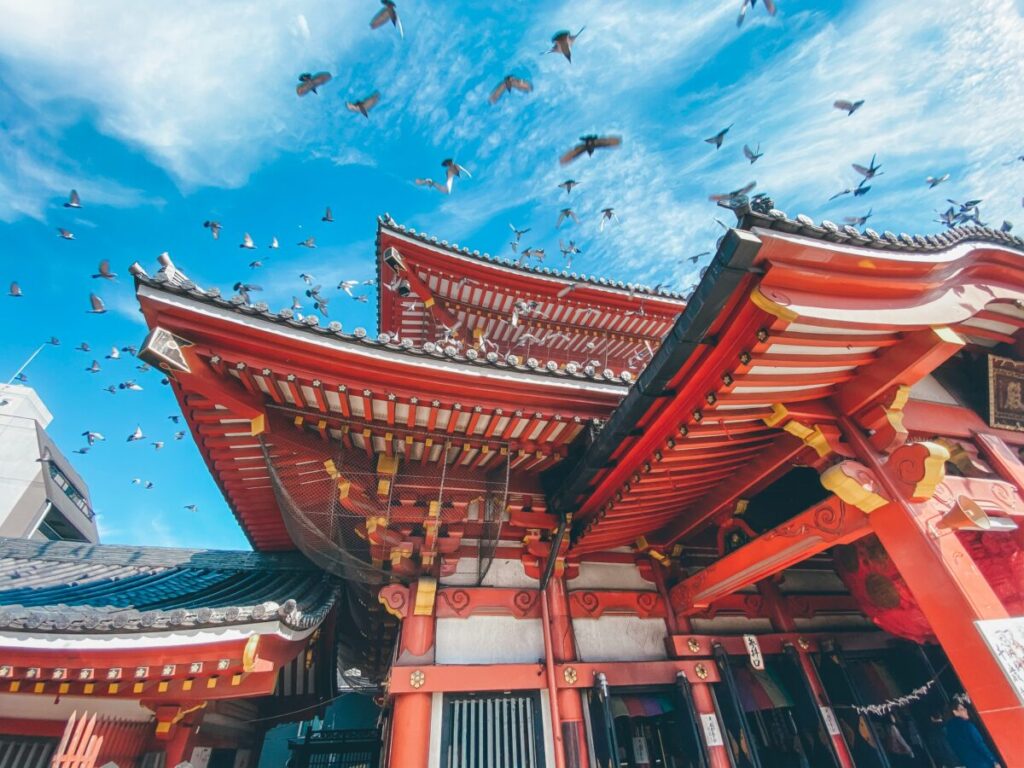
Nagoya doesn’t beg to be loved—it grows on you.
It’s a city built by craftsmen and merchants, not emperors or courtiers. The streets are wider, the people quieter, the energy more grounded.
And the food? Understated—but unforgettable.
From dark, umami-rich miso to smoky hitsumabushi eel, Nagoya’s cuisine isn’t about flash. It’s about depth.
You won’t find it shouting on street corners—but behind noren curtains, you’ll taste flavors that have stayed true for generations.
This is a city where industry and tradition coexist: Toyota’s precision engineering just miles from ancient shrines.
A place where flavor is bold, but presentation is humble—and that says a lot about the people here.
 flo
flo“If Tokyo is speed and Kyoto is grace, Nagoya is steadiness.
And the food? That’s where it quietly shows off.”
Day 1: Castles, Corridors, and Unagi Done Right
Your first day in Nagoya begins with quiet strength—stone walls, golden screens, and meals built on centuries of care.
You’ll walk through Edo-period elegance, taste unagi the Nagoya way, and end in the arcades of a neighborhood that hasn’t changed much since I was a kid.
No rush. Just layers—of flavor, of history, of home.
Arrival Tip – From Airport to City, the Easy Way
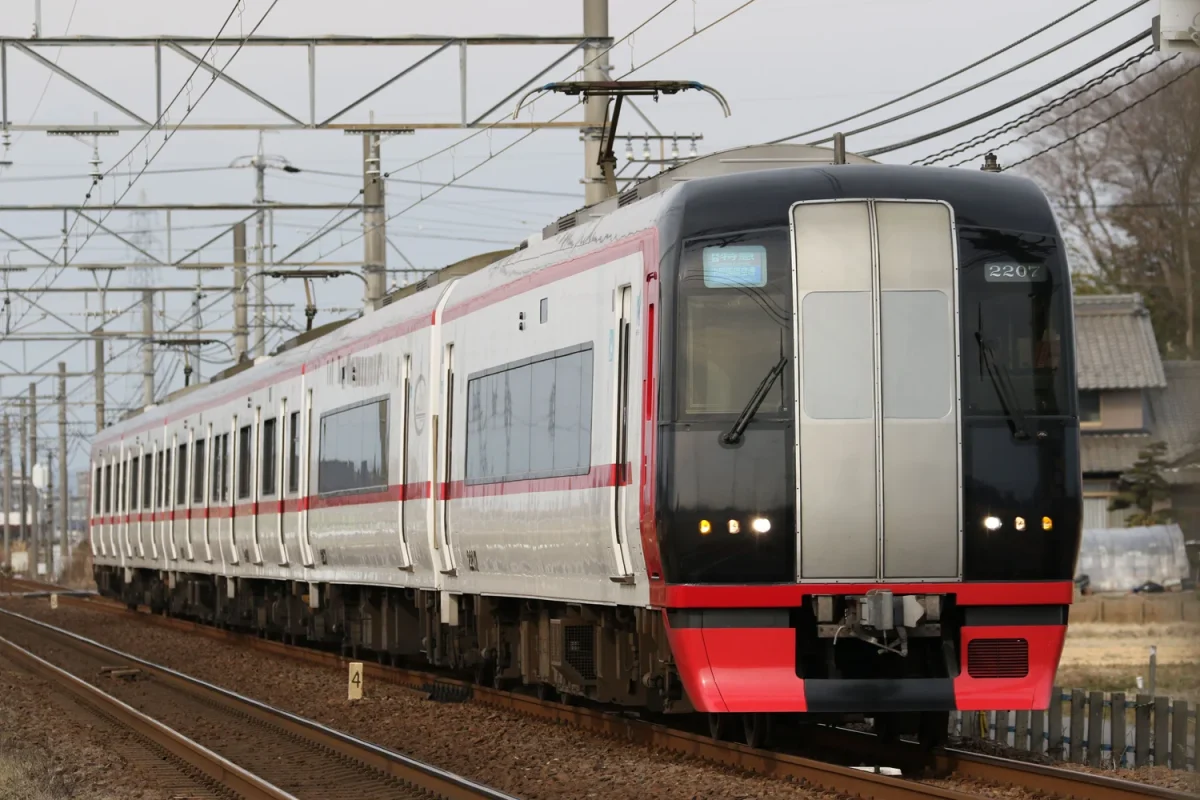

If you’re arriving at Chubu Centrair International Airport, skip the ticket machines and grab a Meitetsu Airport Express ticket in advance via Klook.
It’s fast, comfortable, and drops you directly into the city center.
Morning – Nagoya Castle: A New Face with Old Bones
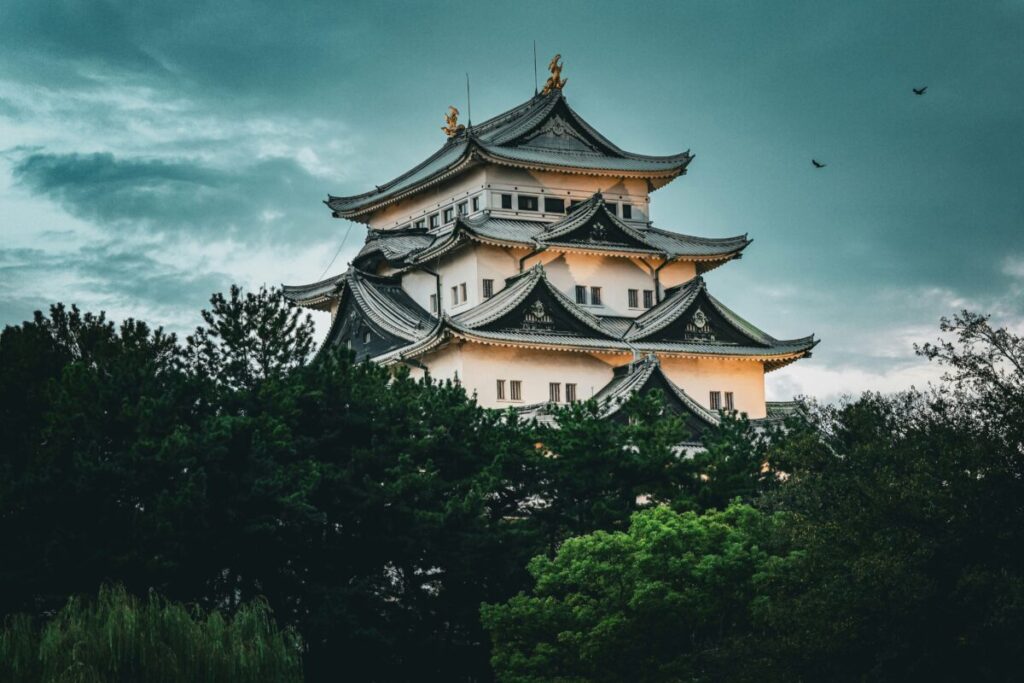

Your journey begins at Nagoya Castle, originally built by Tokugawa Ieyasu in 1612 and rebuilt after WWII. While the main keep is a reconstruction, the Honmaru Palace next to it is a masterpiece of historical restoration—with gold-leafed screens, hinoki-wood beams, and the soft silence of traditional architecture.



“Skip the modern elevator in the tower. Instead, walk through Honmaru slowly. The air feels thicker with memory.”
If the weather allows, stroll through Meijo Park after your visit—an underrated green space with few tourists and a great view of the castle moat.
Lunch – Hitsumabushi: Unagi, Four Ways
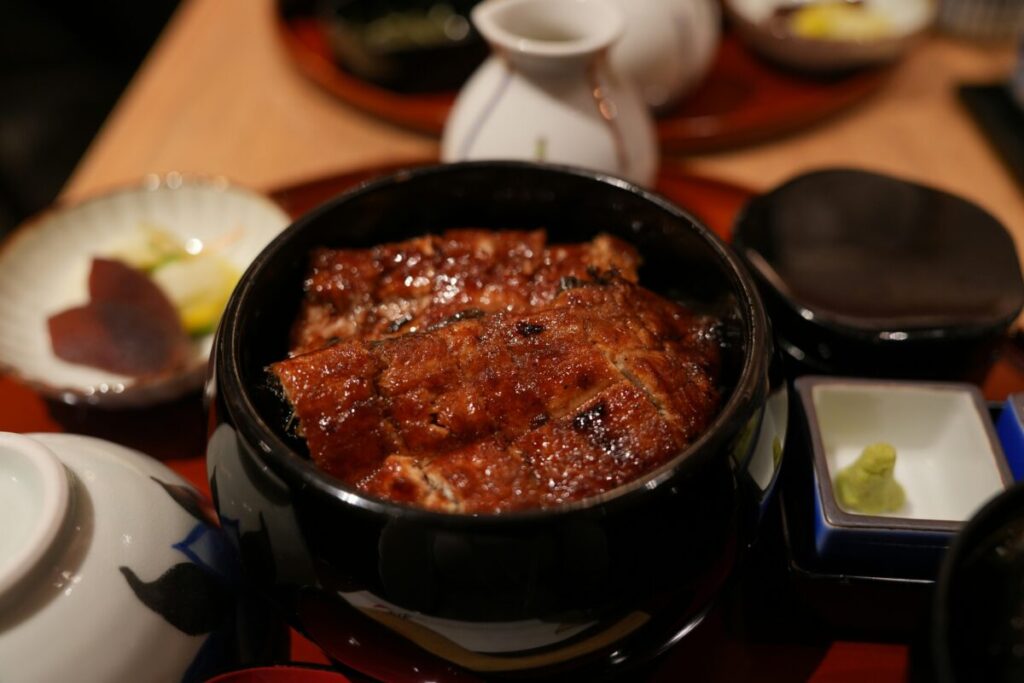

Nagoya’s take on grilled eel, Hitsumabushi, is served in a unique ritual: first on its own, then with spices, then with dashi broth, and finally as you like.
There’s no better place to try it than:
| Restaurant | Dish | Reserve |
|---|---|---|
| Atsuta Horaiken | Hitsumabushi (charcoal-grilled eel over rice) | +81-52-671-8686 |
This place has over 140 years of history—and it shows in every precise cut and perfectly lacquered bowl.



“The way the flavors unfold is slow, structured, intentional. Like much of Nagoya itself.”
Afternoon – Osu Kannon & Backstreet Wandering
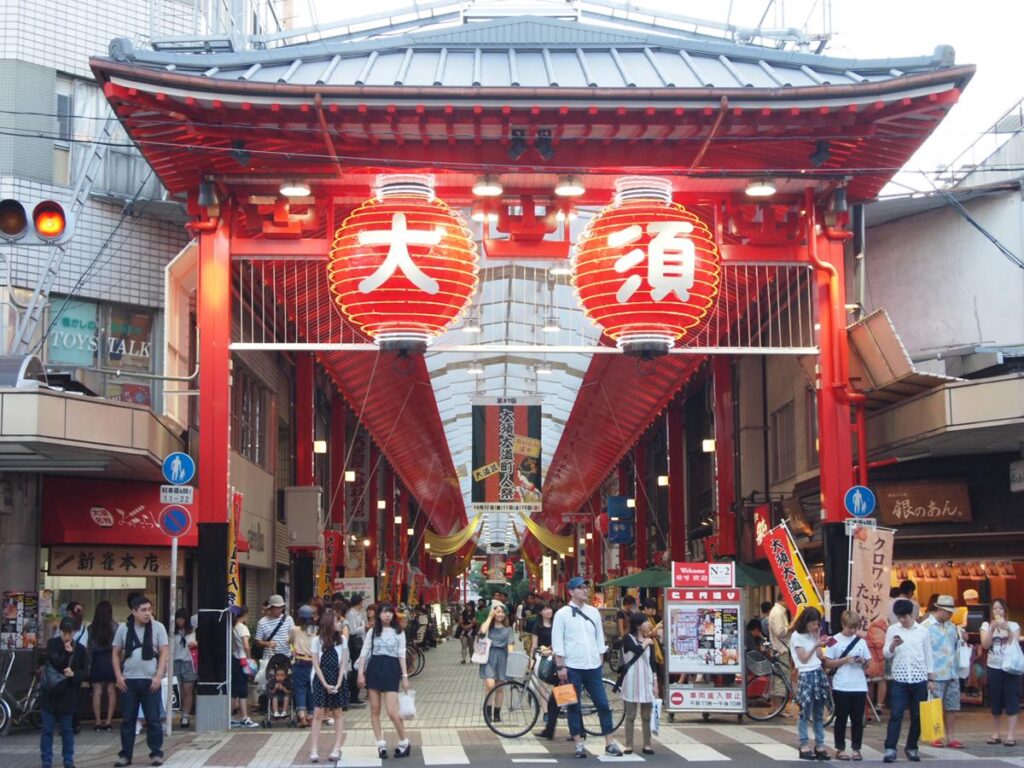

Most guides will say “go shopping in Osu,” but for me, it’s personal.
I grew up in this part of Nagoya—cutting through the arcades after school, grabbing skewers from street stalls, hearing the rhythmic clatter of shutter doors before closing time.
Start at Osu Kannon Temple, where pigeons circle the crimson gate and locals still toss coins with a quiet bow.
But don’t stop there. Slip behind the main drag, where the real Osu lives—not in guidebooks, but in details.
- Record shops that still sell cassettes—and know every band on the wall
- Vintage kimono stalls with faded tags and handwritten price cards
- Knife stores where third-generation blacksmiths will quietly nod if you ask the right question
- A vending machine that hums next to a sleeping cat, surrounded by rust and stories
- Super Potato, still clinging to its shelves of Famicom cartridges and CRT test screens like it’s 1995



“It’s not curated. It’s not perfect. That’s why it feels alive.”
The smell here is grilled soy, dusted fabric, and sweet dough.
You’re not here to shop. You’re here to see what stays, what fades, and what somehow still survives under the fluorescent lights and tangled awnings.
Osu isn’t about checking a box.
It’s about feeling a neighborhood that never tried to be more than it is—and that’s its strength.
Check-in – Where to Stay in Nagoya
After wandering, it’s time to settle in. Here are three stays that pair calm with character:
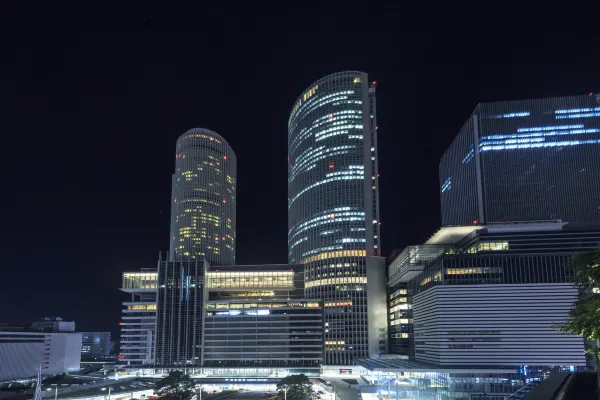

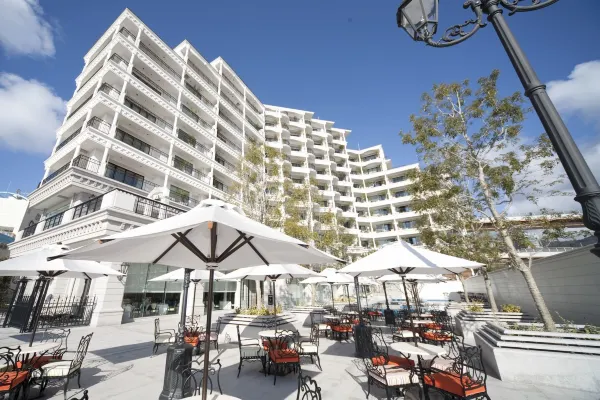

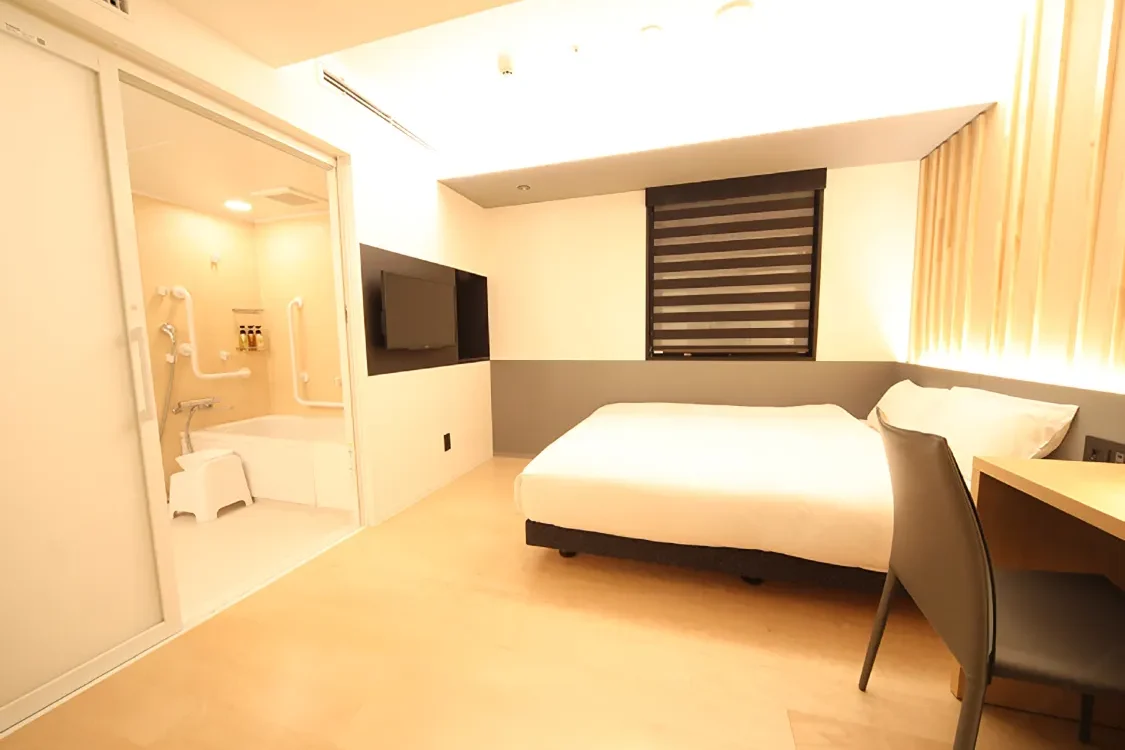

| Hotel | Vibe | Book |
|---|---|---|
| Nagoya Marriott Associa Hotel | Above Nagoya Station. Seamless and luxurious. | Book here → |
| The Tower Hotel Nagoya | Artistic, boutique, nestled in a city landmark. | Book here → |
| Hotel Androoms Nagoya Sakae | Calm minimalism in a local neighborhood. | Book here → |
Dinner – Miso Katsu: Dark, Bold, and All Nagoya
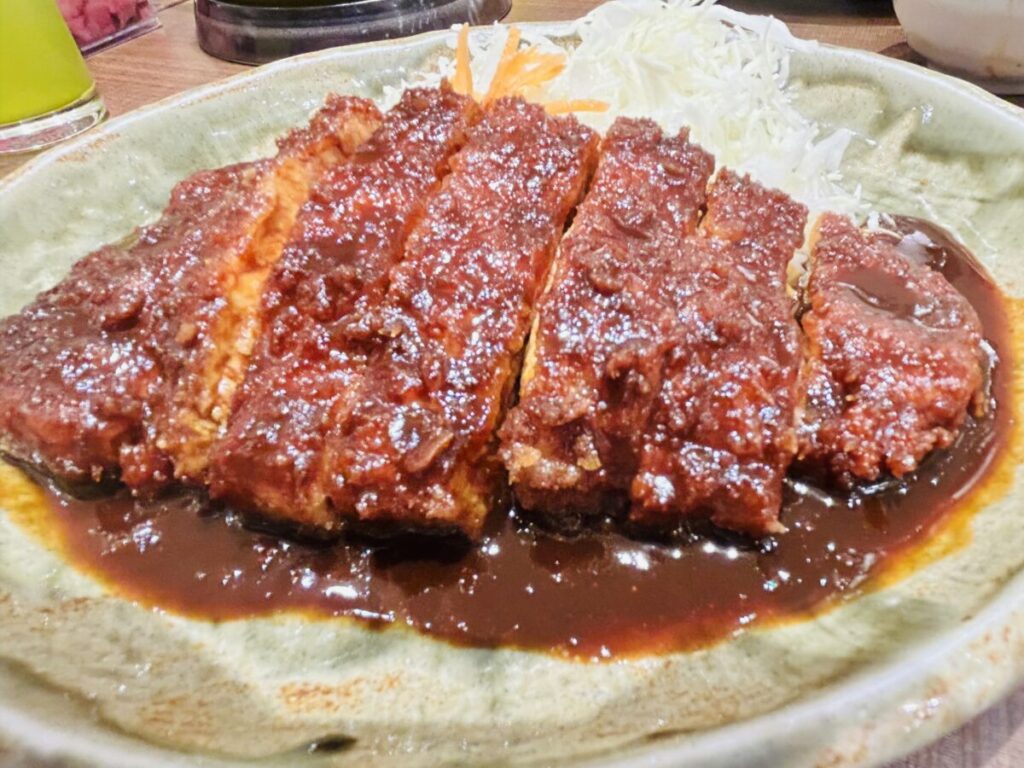

Nagoya’s most iconic dish isn’t delicate—it’s decisive.
A golden pork cutlet, thickly coated in a rich, slightly bitter Hatcho miso sauce. Deep, savory, and unapologetically local.
Head to Yabaton near Sakae—the originator, the benchmark.
You’ll spot the pig mascot outside, but what matters is what hits the plate: crisp breading, hot steam, and that unmistakable swirl of red miso.



“It’s not for everyone. That’s why it’s special.”
No reservations needed. Just bring your appetite, and a willingness to taste a city that doesn’t care about being trendy—it cares about being true.
Where to Eat Miso Katsu in Nagoya
| Restaurant | Address |
|---|---|
| Yabaton (Main Branch) | 3-6-18 Osu, Naka-ku, Nagoya |
| Ma Maison (Nagoya Station) | Sun Road Underground Mall, 3-16-1 Meieki, Nakamura-ku, Nagoya |
| Misokatsu Katsuura (Fushimi) | B1F Eguchi Bldg, 2-5-25 Nishiki, Naka-ku, Nagoya |
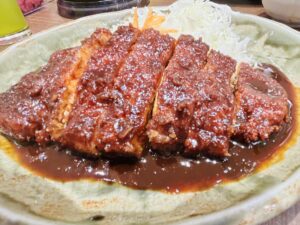

Optional Night Stop – Bic Camera for Late Shopping
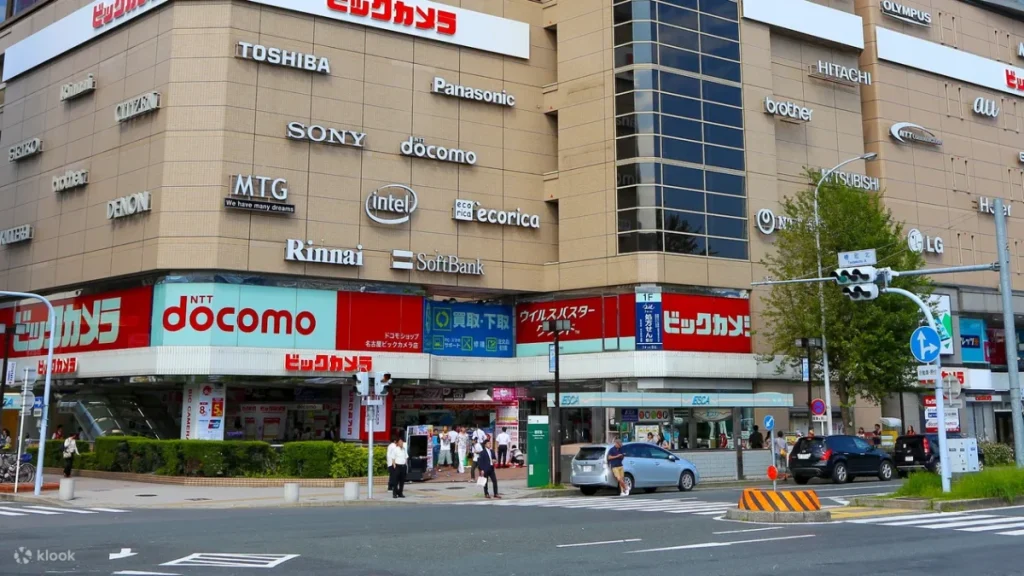

Still have energy? Pop into Bic Camera near Nagoya Station.
Use this Tourist Privilege Coupon for extra savings on electronics, beauty products, or a surprise last-minute gift.
Day 2: A Journey into the White Silence of Shirakawa-go
On Day 2, you step beyond the city—not for thrill, but for stillness.
Shirakawa-go isn’t just a scenic village. It’s a retreat into Japan’s rural soul. Thatched roofs, deep snow, and the kind of quiet that feels like a pause between centuries.
Guided Day Tour – Easy, Seamless, Worth It
No train connections. No confusion.
This Takayama & Shirakawa-go Day Tour from Nagoya handles everything:
- Morning departure from Nagoya Station
- Scenic bus ride through Gifu’s mountains
- Stop in Takayama Old Town (brief, but worth it)
- Main event: 3 hours in Shirakawa-go
- Full Hida beef lunch included
- Return to Nagoya before evening



“This is the kind of place that doesn’t demand your attention—it waits for it.”
What to Do in Shirakawa-go (Do Less)
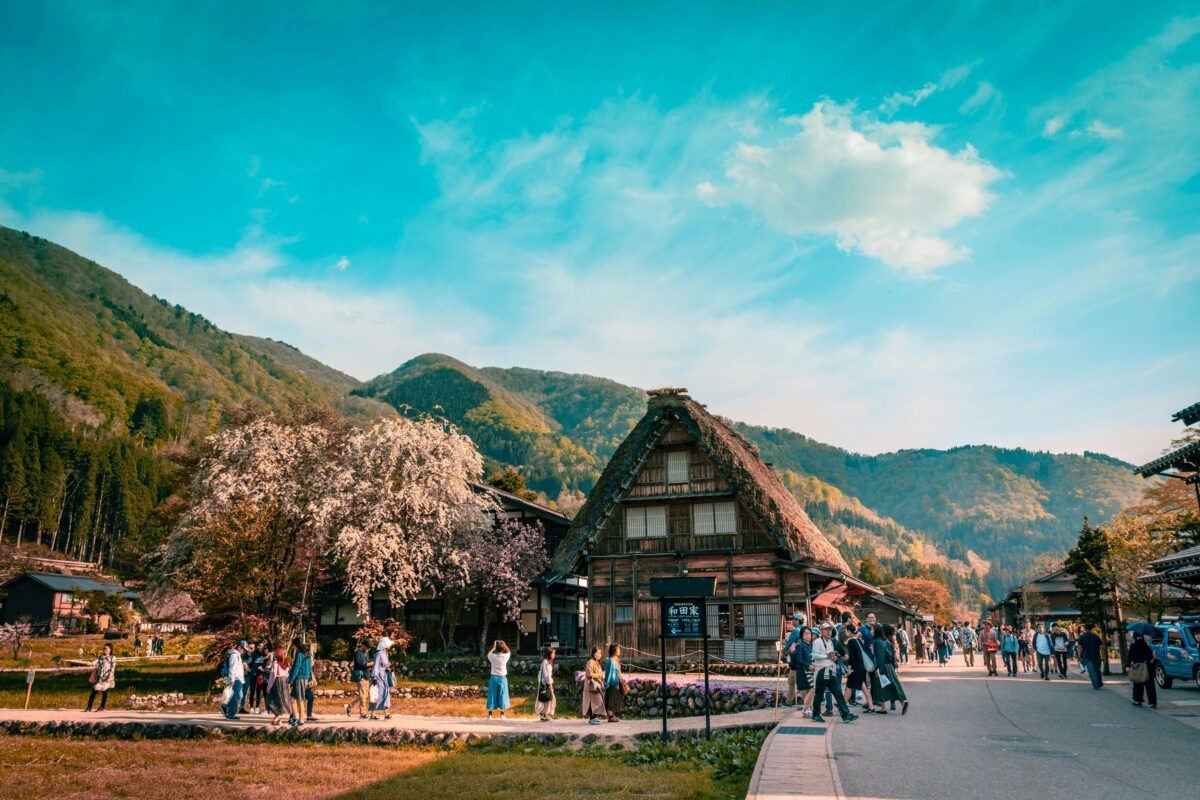

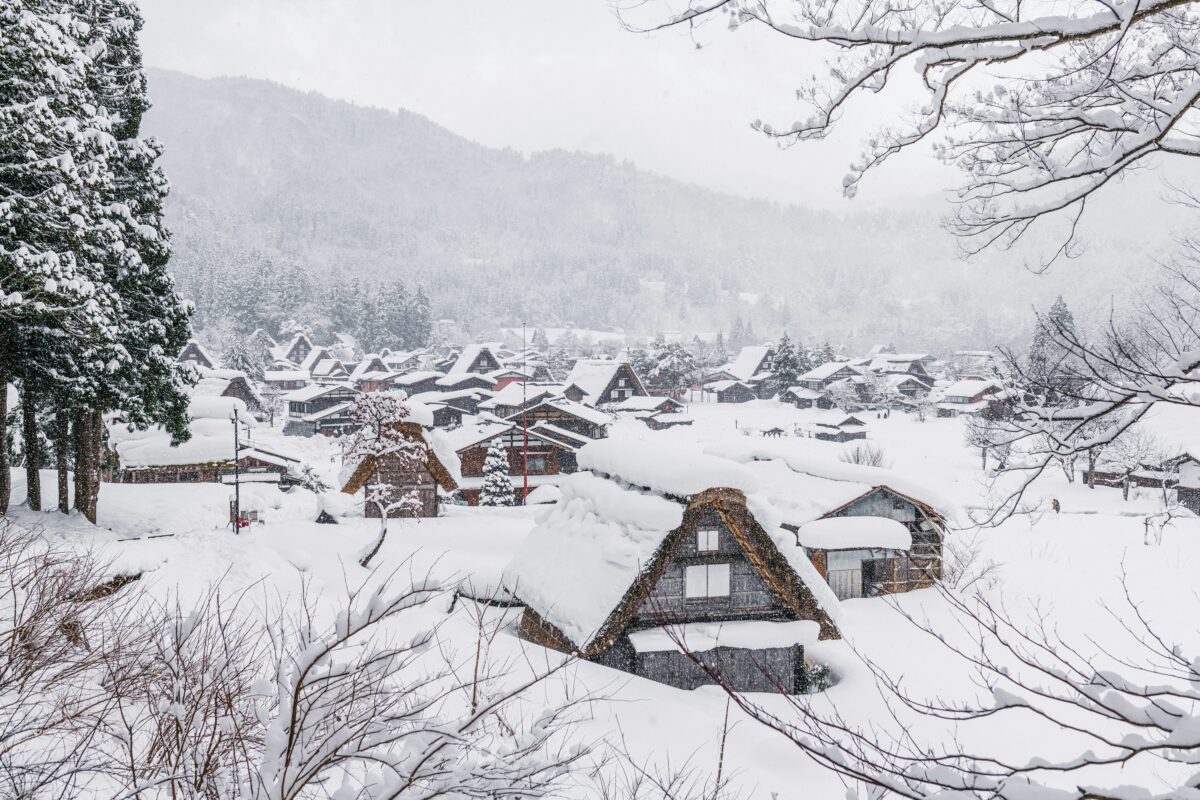

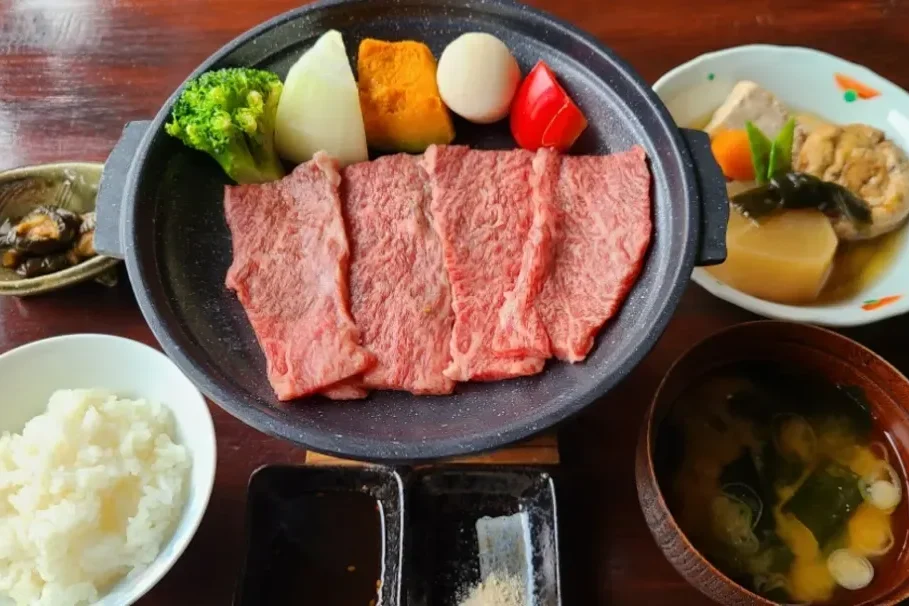

| Stop | Description |
|---|---|
| Ogimachi Village | The iconic snow-covered hamlet of steep thatched homes |
| Wada House | 300-year-old private residence still maintained by descendants |
| Shiroyama Viewpoint | That photo—but in person, it’s near silent |
| Local food stalls | Try grilled gohei-mochi, miso soup, and amazake in paper cups |
Take slow steps. Watch chimney smoke rise. Let snow land on your sleeve and stay a moment longer than it should.
Lunch – Hida Beef in Takayama
Included in the tour is a warm, seasonal lunch in Takayama—a town known for its preserved Edo-period streets and Hida beef delicacies.
The atmosphere is cozy, not touristy. You’ll have just enough time to walk the old town, maybe peek into a sake shop, then continue toward Shirakawa-go.



“The food is good, but the pace is better.”
Return – Back to Nagoya, Changed
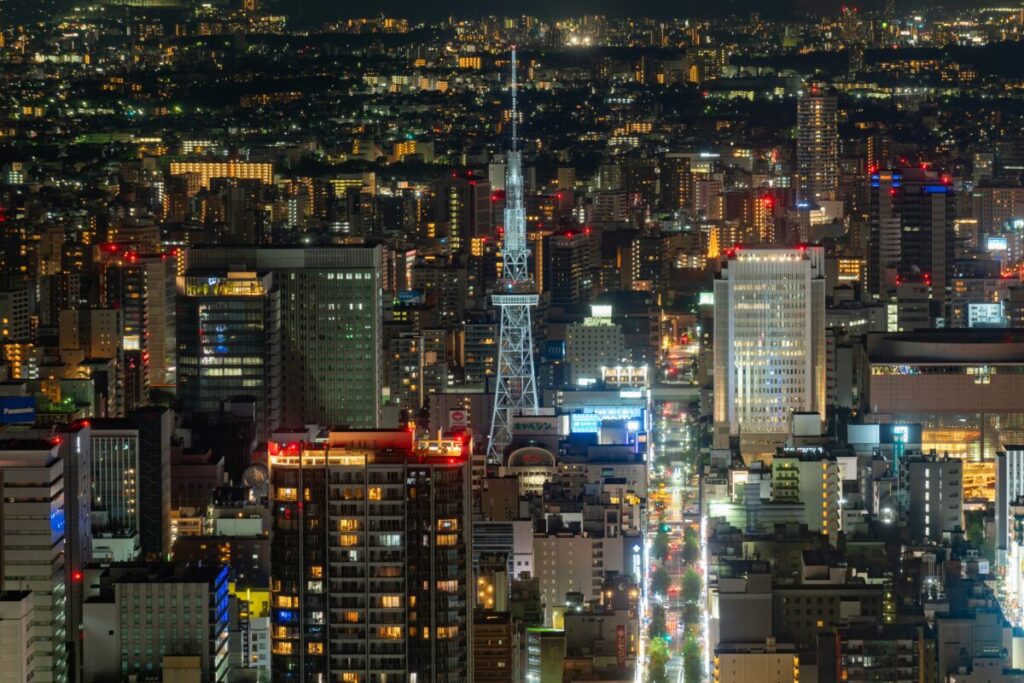

You’ll be back at Nagoya Station by early evening—full not just from food, but from stillness.
If you’re staying near the station,
- A slow dinner at your hotel
- A drink at The One and Only (quiet bar near Sakae)
- Or simply sleep, with thatched rooftops still in your mind
Dinner – Back in Nagoya: Crisp, Peppery, Perfect Tebasaki
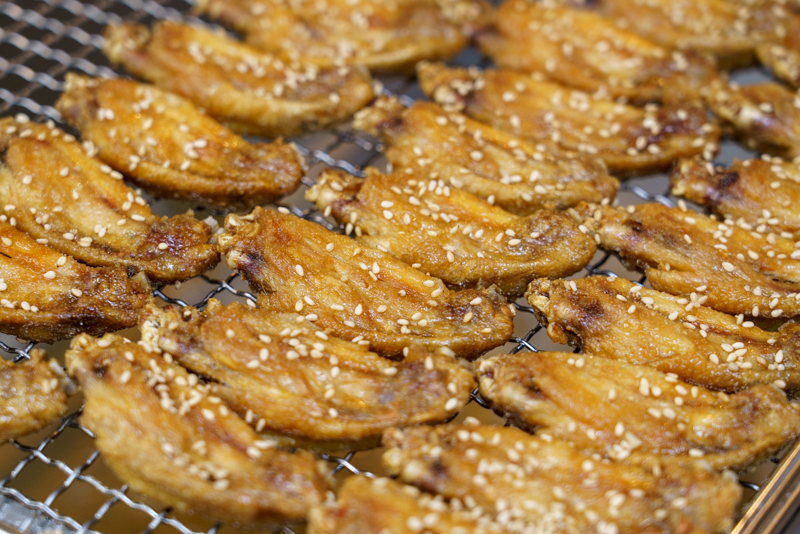

After a long, scenic day in Shirakawa-go, your return to Nagoya calls for something simple, casual, and deeply local.
Enter tebasaki—Nagoya’s legendary fried chicken wings.
Not drenched in sauce, not mass-produced. Just crisp skin, tender meat, and a secret dry rub that’s been perfected over decades.
You’ll find the best at:
| Restaurant | Address |
|---|---|
| Furaibo (Sakae) | 3-6-3 Sakae, Naka-ku, Nagoya |
| Sekai no Yamachan (Main Branch) | 4-9-6 Sakae, Naka-ku, Nagoya |
Both are casual, lively, and open late. Order a plate of wings, a cold draft beer, and a side of miso cucumber or cabbage.



“Forget utensils. Grab with your hands. Crunch, tear, repeat.”
This isn’t fine dining. It’s comfort, loud tables, and spice on your fingertips—exactly what a good travel day deserves.
Day 3: Meiji Mura and the Art of a Gentle Goodbye
Not every goodbye has to be rushed.
Nagoya’s final gift is time—to reflect, to walk, and to understand where modern Japan began.
Morning – Inuyama Castle & Meiji-Mura: One Pass, Two Timelines
If you’re looking to make the most of your final day in Nagoya, combine Inuyama Castle—one of Japan’s oldest surviving castles—with the quiet atmosphere of Meiji-Mura in a single, seamless route.
The best part?
You don’t need to plan every step. Just grab this ready-made pass:
Inuyama Castle + Meiji-Mura Museum + Meitetsu 1-Day Ticket
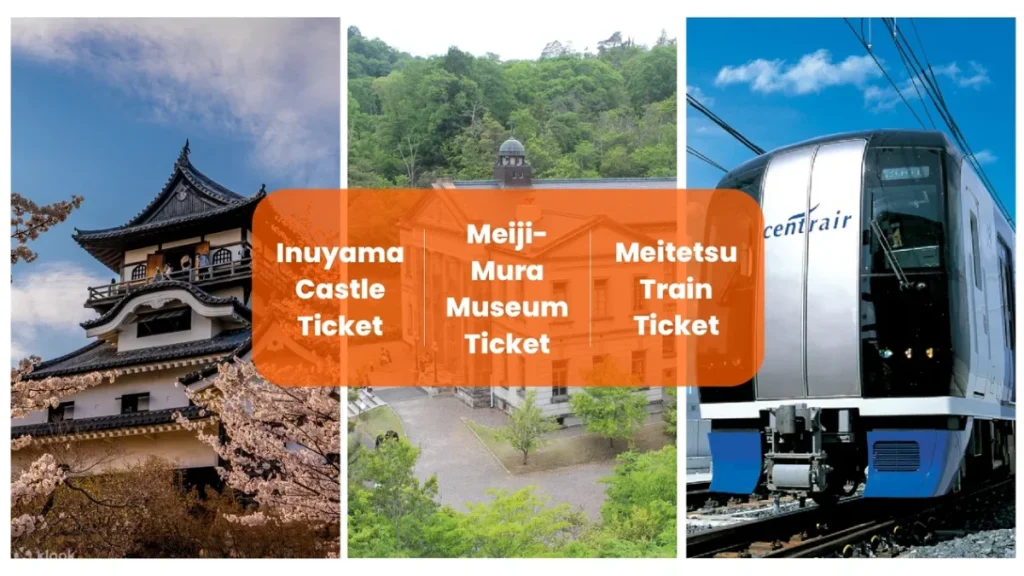

| Included | Benefit |
|---|---|
| Inuyama Castle | Climb Japan’s oldest wooden castle tower |
| Meiji-Mura Museum | Stroll through preserved 19th-century buildings |
| Meitetsu Pass | Unlimited rides between Nagoya ↔ Inuyama |
You’ll leave early, explore both sites at your pace, and return by sunset—all with one ticket.



“This pass isn’t just about saving money. It gives you a route. A rhythm. A ready-made goodbye with meaning.”
Lunch – Bento on the Bench, or Meiji Café Fare
Inside Meiji Mura, there are quiet rest spaces, tea houses, and retro cafés.
Try a simple Meiji-style beef curry or handmade anpan (sweet bread) for something fitting and slow.
If you’re heading straight to the airport afterward, consider packing a light bento from Nagoya Station beforehand.
Final Stops – If You Have Time in Nagoya
Returning in the afternoon? You might squeeze in:
- Atsuta Shrine for a quiet final shrine walk
- Bic Camera for tax-free last-minute shopping(Tourist Discount Coupon)
- A slow coffee at TOUTEN BOOKSTORE CAFÉ, with a travel journal in hand
Departure – Smooth Transfers, One Last Look
From Nagoya, most onward journeys are smooth:
- To Tokyo/Kyoto: Tokaido Shinkansen, under 2 hours
- To Chubu Centrair Airport: Use the Meitetsu Airport Express ticket for seamless travel
If you’re continuing on to the Japan Alps or Matsumoto, the JR Alpine-Takayama-Matsumoto Pass offers unbeatable flexibility.
Final Thoughts: What Nagoya Leaves Behind
Nagoya doesn’t overwhelm. It opens.
It lets you touch castles in the morning, read floor plans of Meiji prisons by afternoon, and watch steam curl from a Shirakawa-go chimney by evening.
In three days, you don’t conquer Nagoya.
You begin to understand it.



“Some cities are best remembered in motion. Nagoya is best remembered in quiet.”
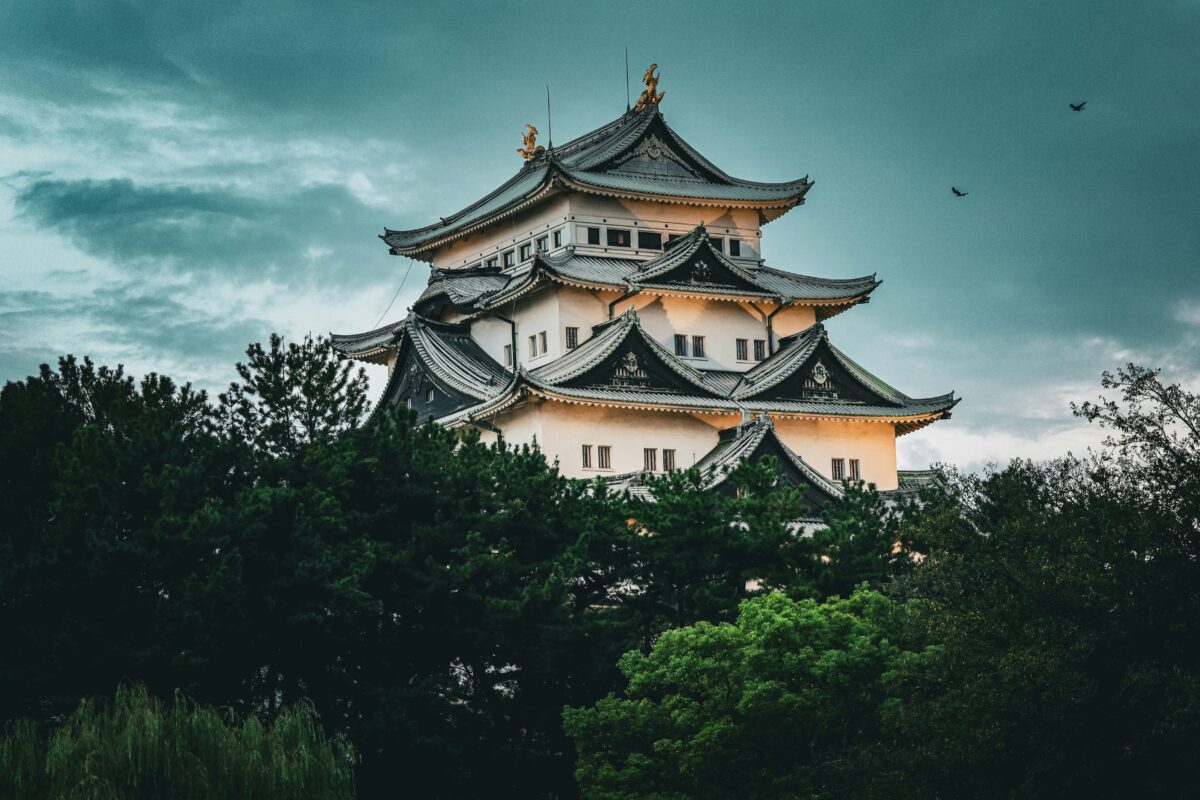
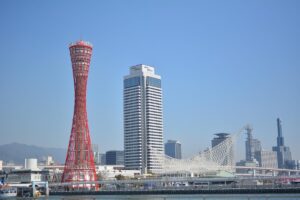
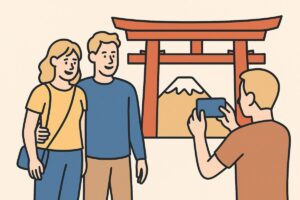
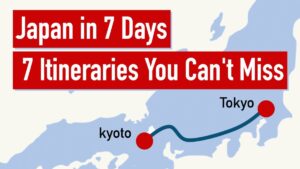



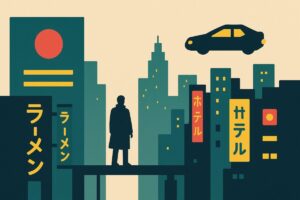

Comments